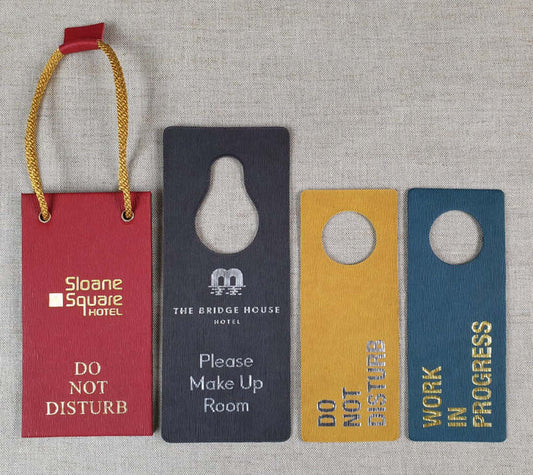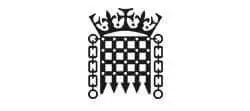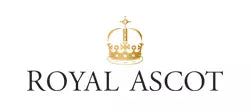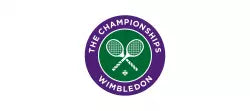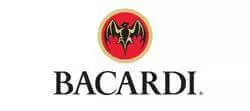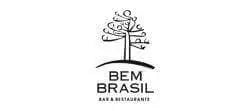It always pays to train your restaurant serving staff efficiently. Literally, that is, because they are those who spend the most facetime with your customers. And if your guests have a good experience, they can become returning patrons who can improve your restaurant profits.
So basically, you have to hire the right employees for the job. You can actually obtain huge dividends for your dining establishment if you implement a structured server training program.
Buy clip boards online
There are plenty of huge advantages of server training. When you hire someone new, you can readily emphasize to them your workplace culture, which in turn, reduces the turnover rate. From your restaurant server training scheme, you should be able to establish a productive and well-informed staff.
What Are The Steps To Server Training?
1. Create A Serving Staff Handbook
Other than your new hires, your older and established staff will greatly benefit from a server handbook. Every one of your employees should keep a copy of it while 2 or 3 copies can be made available in the restaurant for reference, if necessary. The scope of the training manual should include server etiquette guidelines, their uniforms, and their scripts, along with know-how on upselling and safety policies.
2. Spend Time To Orient Your Newly-Hired Servers
You might tend to skip this step being the busy restaurant owner that you are and delegate this job to your managers. However, it is valuable that you hold an orientation and meeting with new hires. Establishing this step in your workplace culture can encourage your employees to work in your company for the long term. During the orientation, you can discuss pertinent details such as the mission statement and history of your business, the concept and culture of your restaurant, and give your staff a tour of the building before their first shift.
Read: Unique Menu Ideas to Improve Your Customer Experience
3. Set Server Training Goals and Standards
What are your goals for training your servers? These are the standards that your employees ought to meet. You’d want to ensure that every staff member in your restaurant gets the same level of training and that such a program of yours is consistent. A training schedule should be established, having your new employees go through it, say for one or two weeks prior to getting their tables. Benchmarks for the training should be created too, where, for instance after the first training day, the new hires must be able to memorize the permanent beer list and table numbers or narrate the company history.
4. Cross-Train Your Serving Staff
You ought to give your employees insight into how a restaurant operates, and one of the best ways to do so is by cross-training them. As an example, you can cross-train your new servers with the host team prior to working with the waiting staff team. In the same way, you can have them cross-train with the food runners.
Learning from the host/hostess, the newbies can get to know the dining room sections together with the table numbers. With the food runners, they can grasp how to deliver food to the correct customer, along with being proficient in the menu and how the food selections look like.
5. Follow An Experienced Server
Beginner employees should initially perform shadowing sessions with experienced servers prior to completing their training. This is when the neophytes act as assistants to the professionals. As part of the training, the new hires must take in how to take orders and use the POS system, do side work rotation, gain know-how about where the items are stored along with the layout of the restaurant and the close-out procedures.
6. Try Out Menu Items
This can be an anticipated part of the training. After shadowing a trainer, newbie servers are required to try out the restaurant’s menu items. This is essential for them to be able to make recommendations or answer questions about the foods being served.
Consider that your serving staff should know how to relay descriptive details about your food, including allergen information and daily specials should be recited with ease, among others. This portion of the training is celebratory as well because it indicates that it is almost complete.
7. Undergo Testing and Roleplay
This segment is deemed as the final test before a novice server begins to work independently. Depending on the restaurant, this can be a lengthy process, involving the memorization of a comprehensive list of wine and beer selections.
The written test usually includes assessing know-how about the menu all the way to the handbook policies. Then there is roleplaying done with the server waiting on a manager. Common interactions are carried out and tested on this portion, for a duration of only a few minutes. If the newbie passes, then their training is complete.
8. Ongoing and Continuous Training
Over time, layouts in your menu and your restaurant, as well as other guidelines are apt to change. These teaching points should thus be implemented as an ongoing training procedure for all your servers. With an ongoing training program, you’ll be able to improve employee productivity as you update your policies in conjunction with industry regulations. Job satisfaction is enhanced, too, thereby lowering the turnover rate.
9. Create and Provide Incentives
You need to inculcate employee engagement, so it is sensible to offer incentives for your workers’ performance. Do you have servers who are keen on undergoing continuous training? You can provide them with free meals, raises or preferred parking spots. What about servers who made the most appetizers or alcohol sales? On a weekly basis, you can give them gift cards. By incentivizing your employees’ work, you can make your workplace fun and optimally productive.
Conclusion
The training program that you ought to implement for your employees should be detailed and ongoing. Consider that a single-event training can be strenuous and overwhelming, and can tend to be forgotten. Via ongoing and consistent training, you can set up yourself as the restaurant owner and your employees for mutual success. This is crucial for your business and establishment to operate excellently and deliver competent and exemplary service.

![How to Train New Servers At Your Restaurant [Server Training Checklist]](http://www.worldwidemenus.com/cdn/shop/articles/How_to_Train_New_Servers_At_Your_Restaurant.jpg?v=1678941100&width=1100)


